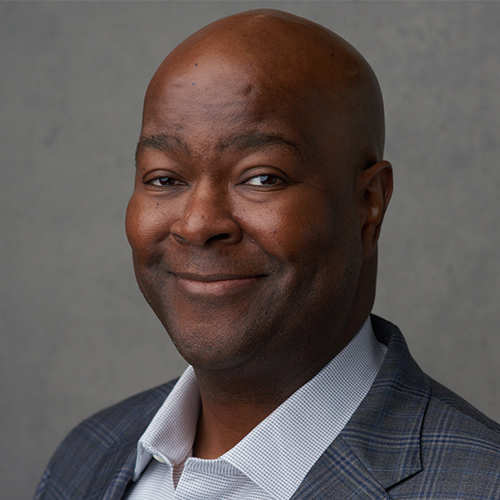2 minutes
Talent development can help you and your team members prepare for whatever lies ahead.
Some people—about 1 percent of the population—can use their right and left hands equally well. Right now, credit union leaders must learn to be similarly ambidextrous—prepared to lead with either their right or left hand depending on whether the necessary strategy turns out to be “pedal to the metal growth” or “managing a higher (and possibly rising) rate environment.”
Fortunately, talent development can help you and your team members prepare for whatever lies ahead.
Reflecting on this need to be flexible depending on what the future may bring, I’d suggest seeking out learning in four key areas:
1. Strategic scenario planning.
This is a long-used and effective tool for considering uncertainties in the business marketplace and how your credit union would respond to each. A favorite example in the credit union industry is that Enron Federal Credit Union used scenario planning to consider what it would do if its sponsor company failed. When Enron Corp. did in fact fail, the credit union was fortunate to have already considered its possible next steps.
Two key planning offerings from CUES: CEO Institute I: Strategic Planning and the services of CUES strategic partner Cornerstone Advisors
2. Managing a CU financially.
Credit unions have operated in a low-rate environment for so long that some will find they have CFOs that have never run a credit union in a higher or rising rate environment.
Two key finance offerings from CUES: School of Applied Strategic Management (which employs a credit union simulation) and our monthly “CFO Focus” columns (Get them in your inbox when you subscribe to CUES content emails.)
3. Knowing how to lead growth and change.
Growth can come in so many forms—payments, membership and assets are just a few. And growth is almost invariably accompanied by change. Fortunately, your team can learn best practices in managing both.
Three key growth and change leadership offerings from CUES: Payments University, Strategic Growth Institute™ and CEO Institute II: Organizational Effectiveness
4. Honing your skills in developing your talent.
It’s no longer sufficient to rely on chance and circumstance when it comes to your team’s learning. Instead, credit unions need to purposefully align their talent development efforts with their organizational strategies.
Two key strategic talent development offerings from CUES: Membership and CUES Consulting
Only a very small percentage of people can do tasks equally well with either hand. It’s my hope that with commitment and good learning, a very high percentage of credit unions can become flexible and knowledgeable enough to perform well, regardless of what skillsets the future demands.
John Pembroke is president/CEO of CUES. Since joining the organization in May 2013 as chief operating officer, he has helped launch a new direction in CUES’ strategy, branding and culture. Pembroke has more than 20 years of experience in branding and financial services. He holds an MBA from the University of Chicago’s Booth School of Business and is a member of the board of the Goodman Community Center, Madison, Wisconsin.






